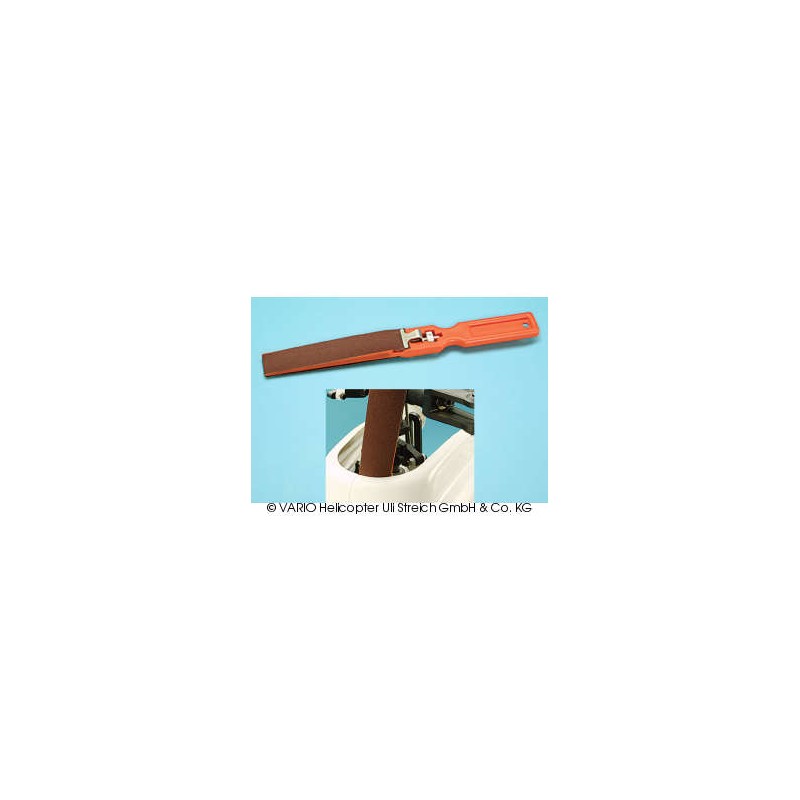
Referencia: 92/91
Rodamiento con orejuela de 6 x 10 x 3 mm
Brida rodamientos autolubricantes 6 x 10 x 3 mm
Ninguna marca
Referencia: 92/91
Brida rodamientos autolubricantes 6 x 10 x 3 mm



Política de seguridad

Política de envío

Política de devolución
No hay reseñas de clientes en este momento.
Artikel-Nr.: 11/65
Zum Vorbereiten der GFK-Oberfläche vor der Lackierung ist dieses Soft-Schleifpapier bestens geeignet.Abmessungen pro Stück: 11,5 x 15 cmKörnung: P400Packungsinhalt: 5 Stück
